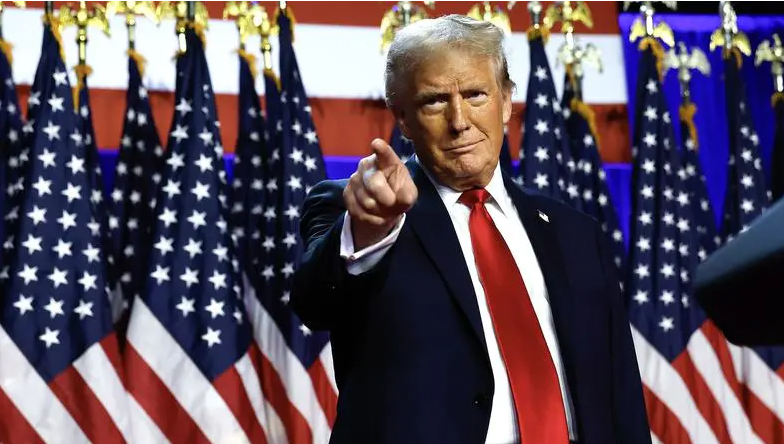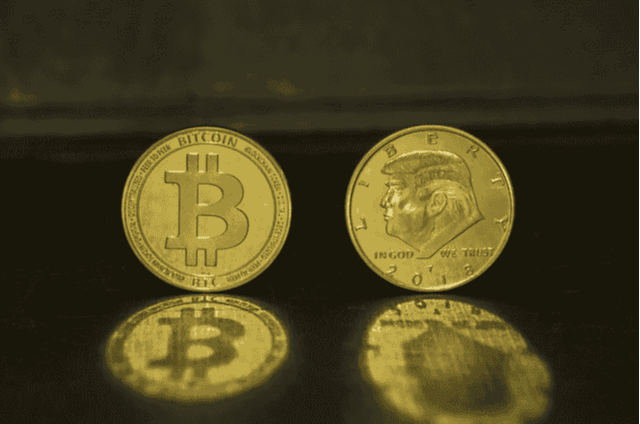Early this morning, the White House became the focus of the crypto world as Trump officially signed the (GENIUS Act), marking the formal establishment of the first federal regulatory framework for stablecoins in the US. This historic moment gathered many government officials and crypto industry leaders on-site, with Trump declaring it the greatest revolution in financial technology since the birth of the Internet; the energy behind it is enough to rewrite the global financial landscape, significantly reducing the survival space for algorithmic stablecoins, with transparency becoming the core principle of the stablecoin market.

Core provisions of the bill: Strict and targeted
100% reserve requirement system
The bill stipulates that for every stablecoin issued, the issuer must reserve $1 in cash or short-term US Treasury bonds, directly prohibiting algorithmic stablecoins. This measure aims to prevent a recurrence of incidents like the LUNA collapse, building a solid safety line for the stablecoin market and ensuring the safety of investors' funds.
Monthly asset disclosure and auditing
Issuers are required to publicly disclose reserve asset details monthly and undergo third-party audits. This regulation effectively eliminates the possibility of fund misappropriation, enhances market trust in stablecoins, and allows investors to clearly understand the flow of funds.
Licensing access system
Institutions without federal or state licenses will be prohibited from issuing stablecoins. At the same time, state license limits are set at $1 billion, posing significant challenges for smaller players and raising market entry barriers. Trump stated that the bill can both consolidate the dollar's hegemony and reassure the public in using stablecoins. Treasury Secretary Basant also remarked that the global use of stablecoins is equivalent to indirectly purchasing US Treasury bonds, further strengthening the dominance of the dollar.

Wall Street responds quickly: laying out plans for the crypto market
Before the ink on the bill was dry, Wall Street had already taken action. JPMorgan was the first to experiment with deposit tokens on the Base chain, with banking giants personally venturing into the public chain field; Bank of America publicly stated it would open crypto payment services anytime after regulatory clarity; Standard Chartered entered the spot trading market, providing a full range of custody and settlement services, directly challenging leading platforms like Binance and Coinbase; Visa's quarterly stablecoin settlement volume surged by 240%; tech giants like Amazon and Walmart are also quietly preparing to issue coins.
More notably, the $8.9 trillion US retirement 401k plan is eyeing the market. Trump has ordered an investigation into the feasibility of 'retirement funds buying cryptocurrencies.' Even with only 10% of the funds entering the market, it would bring in $870 billion in incremental funds, equivalent to 22.2% of the current total crypto market value, indicating huge market potential.

Investment opportunities: Three key directions worth attention
Regulatory-compliant stablecoin king
Circle's USDC stock price surged 22% in a single day, gaining an advantage in market competition due to reserve transparency and early access to licensing. Meanwhile, Tether's USDT faces compliance challenges, and the market landscape may undergo significant changes in the future.
Leaders in exchanges and custody
Coinbase's daily increase reached 4.3%, with financial institutions such as Goldman Sachs and Bank of New York Mellon opening custody services, becoming a necessary channel for institutional funds to enter, showing great prospects for future development.
Bitcoin and Ethereum
BlackRock's Bitcoin ETF attracted $1.76 billion in a week; if the 401k plan is opened, a Bitcoin target price of $150,000 may not be out of reach. Ethereum, as a representative of smart contract platforms, will also benefit from the overall market development.
Potential risks: Unseen landmines cannot be ignored
Monopoly risk of tech giants
Tech giants like Amazon and Walmart have been authorized to issue stablecoins, making it difficult for smaller companies to compete, which may further exacerbate the monopoly in payments and be detrimental to fair market competition.
Anti-money laundering loopholes
Overseas issuers may exploit policy loopholes to enter the US market, and Transparency International warns that this could become a haven for criminal funds, posing risks to financial security.
US Treasury bond hostage risk
Stablecoins purchasing a large amount of short-term government bonds can lower interest rates and costs during normal times, but once faced with a bank run and sell-off, the US Treasury market will quickly fall into turmoil, triggering systemic financial risks.
Summary and outlook: Seize opportunities and proceed with caution
In the short term, the stablecoin sector will undergo significant reshuffling, with USDC and compliant exchanges like Coinbase gaining advantages; in the medium term, institutional funds will flood in through ETFs and 401k plans, with Bitcoin and Ethereum becoming core investment targets; in the long term, the $2 trillion stablecoin market will restructure the payment system, potentially further strengthening dollar hegemony, while regulatory-resistant Bitcoin will become even scarcer.
Trump's signing of the bill is not the end, but the starting gun for an institutional bull market. A correction is a good opportunity to enter, but do not be greedy in a tail market; hold onto the spot market and wait for the arrival of a massive market wave.
Focus on the professional team at Ah Yue to accurately target wave points, keep up with market rhythms, and achieve stable asset growth.#GENIUS稳定币法案